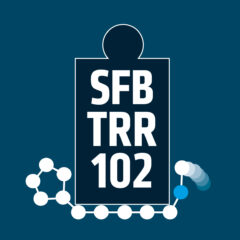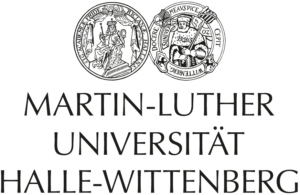Thermophoretic trapping of single molecules
We recently developed a tool which confines Brownian motion by generating temperature gradients – the actual fuel of Brownian motion – with the help of plasmonic structures. The physical phenomenon behind this trapping principle is known as thermophoresis or Ludwig-Soret effect. We are also able to control the number of particles interacting in our trap using an optical feedback algorithm which allows us to set up completely new types of bio-molecular interaction dynamics assays.
I will present results of a single λ-DNA molecule whose center of mass (COM) was trapped. The thermophoretic drift velocities of different monomers of the extended DNA molecule in the trap are different since the temperature gradients generated are strongly inhomogeneous because of the temperature field decaying approximately with the inverse distance to the heat source. Therefore, we expect the DNA density to be compressed in addition to the confinement of the COM motion. To quantitatively check for this behavior, we apply a model-free statistical tool called principal- components analysis (PCA) as introduced by Cohen and Moerner [1]. This tool decomposes the DNA’s fluctuations into eigenmodes which are sorted according to the amount of the corresponding eigenvalues. The eigenmodes with the largest eigenvalues reconstitute a large part of the overall fluctuations of the DNA molecule. Another type of DNA – T4-DNA – which is 3.5 times longer than λ- DNA has also been investigated to have a deeper insight into the compressive property of the trap.
References:
[1] Cohen et al: “Principal-components analysis of shape fluctuations of single DNA molecules”. PNAS 104, 12622–12627 (2007) (link)
Location: UL, Linnéstraße 5, SR 225 Time: 3.30pm





One thought on “Talk by T. Thalheim at UL (August 15, 2017)”